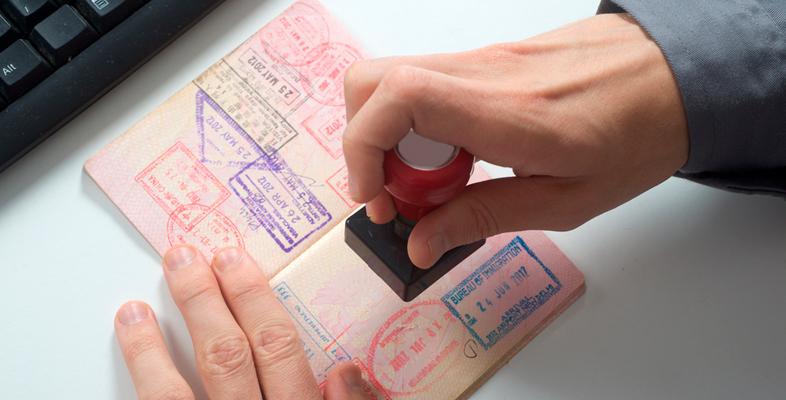Conclusion
In this free course, Passports: identity and airports, we have been looking at passports and airports as a sort of token with the power to ‘open up’ the social world to closer inspection. In the first section, we looked at the history of passports as one of the most enduring examples of a regime of identification. Identifying the individuals that make up a given population is one of the fundamental tasks of any social order. This task involves passport systems directly in shaping the technologies and practices necessary to secure the social world. In identifying and registering populations, passport systems are entrenched in the business of defining who ‘belongs’ and consequently who ‘does not’.
In the section that followed, the emphasis was on the role of matter and the material in the social world of the airport. The social world of the airport demonstrates how closely interwoven the social and the material are – so close that separation can be difficult. For some sociologists, these tightly folded connections between the material and the social, between the human and the non-human, mean that it makes more sense to speak of hybrids rather than either humans or artefacts. How humans interact with material objects – and how material objects shape human behaviour – are therefore important questions for sociology.
This OpenLearn course is an adapted extract from the Open University course DD308 Making social worlds [Tip: hold Ctrl and click a link to open it in a new tab. (Hide tip)] .
